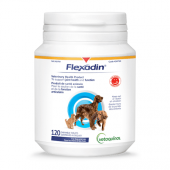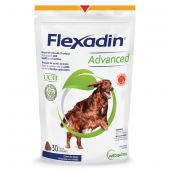Your dog needs exercise and loves to be outdoors in the fresh air! This is necessary for maintaining physical health, energy and obviously it brightens up your dog’s day and prevents boredom. In short, you need to walk your dog every day, for both his/her physical and mental health.
WALK YOUR DOG OUT AT LEAST TWICE A DAY
Your doggy has loads of energy! And in dog world, there is no such thing as too much physical activity. That is why you should think about taking him/her out at least twice a day, three times ideally, to keep him/her healthy. Walks lasting 30 minutes (or more) are recommended.
FOR PUPPIES: SPECIFIC NEEDS
Your adorable puppy would love to be outside and play with you or enjoy short walks. Their little legs do not like long walks and running for too long, or too often, could damage his/her growing joints. So learn to watch your puppy and respect his/her limits. If you notice that he/she is less lively after a few minutes that means he/she has had enough! A good tip for calculating the length of your walks: base it on your puppy’s age in weeks to find out the right number of minutes. For example, a 10-week-old puppy can go on 10-minute walks without getting too tired.
A few more helpful tips to walk your dog if he/she's a puppy:
-
To help toilet-train your puppy, take him/her for a walk after drinking, eating or napping.
-
Make sure you walk your puppy on flat surfaces that are not too hard or too soft to prevent any damage to his/her growing joints.
YOUR OLDER DOG ALSO HAS NEEDS
Even though it is harder for your senior dog to move around, they still needs to be taken out. Here again, watch your dog’s behaviour to judge the ideal length of their walk. In general, older dogs enjoy frequent, shorter walks.
A few helpful tips to walk you dog if he/she's older:
-
Pay special attention if your pet has hearing problems.
-
Do not let them get too far away from you and choose a shorter leash.
-
If your dog has heart problems, take shorter walks with no hills or stairs to climb.
-
If your dog has osteoarthritis, consider talking to your veterinarian to find the right treatment plan.






